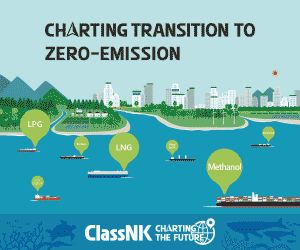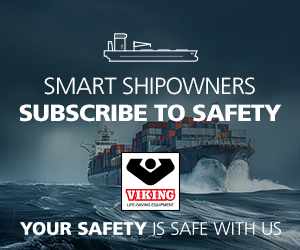New Zealand’s Transport Accident Investigation Commission (TAIC) has issued a report regarding the grounding of a fishing vessel that happened due to the route not being properly appraised, planned, documented, or resourced before departure.
What happened
On 16 May 2024 the Japanese fishing vessel Chokyu Maru No.68 was inbound to the Auckland pilot boarding area when it grounded on rocks near The Noises island group. There were 27 crew on board; nobody was injured and there was no pollution as a consequence of the grounding.
The vessel sustained a small hole at the bow, heavy scraping of the hull paint and minor damage to the propeller. It was refloated later the same day and towed to an Auckland port facility.
Why it happened
The vessel’s route from Yaizu, Japan to Auckland, New Zealand was not appraised, planned, documented or resourced before departure as required by industry rules and guidelines and standard seafaring practice. The crew responsible for navigation did not use all available means to determine the vessel’s position in relation to navigable and unnavigable waters.
Furthermore, the vessel was not carrying the appropriate nautical publications and large-scale charts that identified local navigational hazards such as The Noises and its outlying rocks. The master was not aware of rocks and islands between the vessel and the pilot boarding area and set a straight-line course that encountered these navigational hazards.
Lessons learned:
- Compliance with SOLAS Chapter V ensures that prior to departing a berth, a vessel has a safe voyage plan known to all of the bridge watchkeepers.
- Large-scale chart information is essential in enhancing a navigator’s situational awareness and ability to anticipate and avoid hazards to navigation.
- Safe vessel operations are primarily the responsibility of vessels’ flag states and the vessels’ owners/operators. A coastal state has limited influence on the standards on board a vessel when it enters the coastal state’s waters.































































